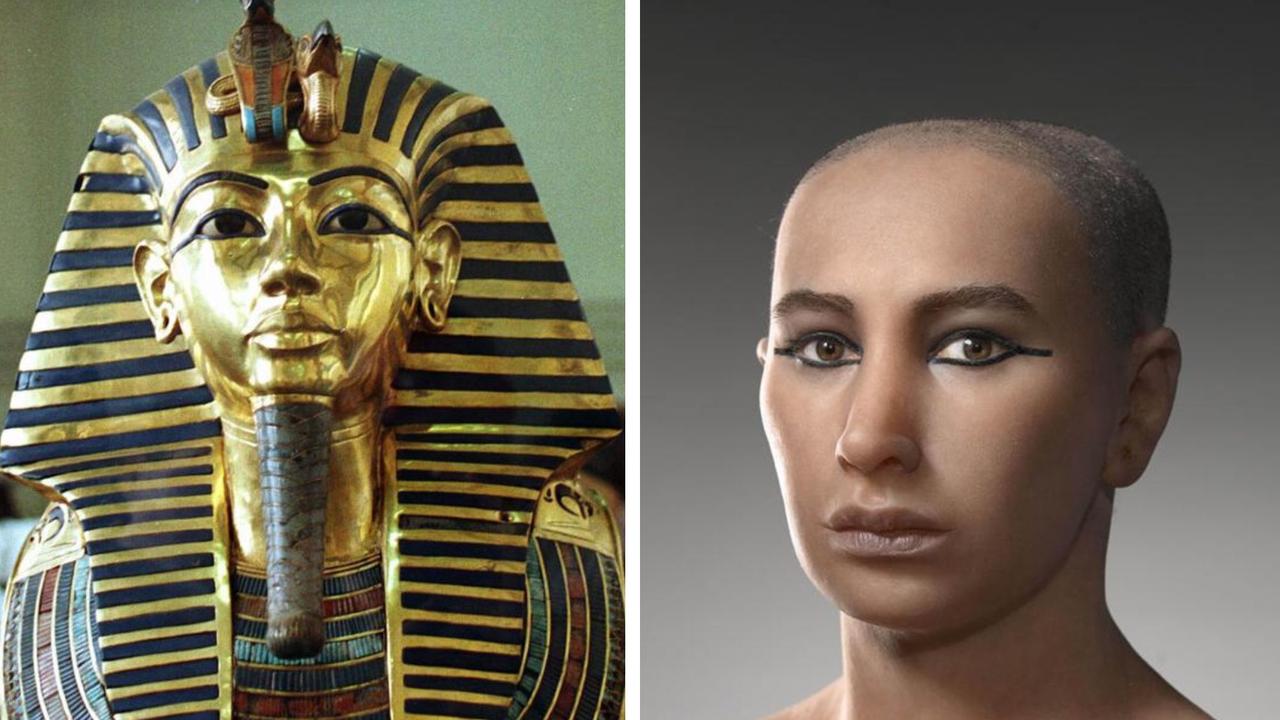‘Bodies are floating’: Cyclone Idai leaves trail of destruction with more than a million affected
They can’t even count the dead in a city of 500,000 people as chilling images show the unprecedented disaster is far from over.
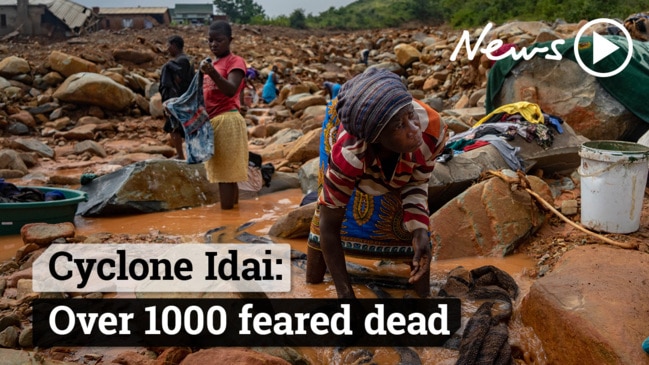
Countless people have been killed and almost a million left destitute after what could be one of the worst weather-related disasters in the southern hemisphere.
A national disaster has been declared after Cyclone Idai left a trail of death, destruction and homelessness in southern Africa.
Where once streets teemed with life, only the swamped shells of homes are left in the wake of the devastation that has affected millions in Malawi, Mozambique and Zimbabwe.
Footage taken from the skies over Mozambique’s central port city of Beira, a city of half a million people, shows there is no discernible trace of life left.
More than 90 per cent of the city was destroyed as 170km/h winds tore across southeastern Africa, according to the International Federation of Red Cross and Red Crescent Societies.
“If the worst fears are realised ... then we can say that it is one of the worst weather-related disasters, tropical-cyclone-related disasters in the southern hemisphere,” said Clare Nullis of the UN World Meteorological Organisation.
Cyclone Idai has caused unimaginable damage in Mozambique. let's remember our fallen brothers and sisters
— Hardi Yakubu (@hardiyakubu) March 18, 2019
Emergency workers called it the region’s most destructive flooding in 20 years, and heavy rains are expected to continue until Thursday. In the low-lying coastal city of Beira, the water has nowhere to drain. “This is not going to go away quickly,” Ms Nullis said.
In Mozambique, the rapidly rising floodwaters created “an inland ocean,” endangering tens of thousands of families, aid workers said as they scrambled to rescue survivors and airdrop food, water and blankets to survivors.
Those left clinging to life amid the ruins could be battered by eight-metre waves during high tides over the coming days. Herve Verhoosel of the World Food Program said the crisis “is getting bigger by the hour”.
This is the destruction caused by Cyclone Idai in Mozambique.
— Sky News (@SkyNews) March 19, 2019
There are fears it may have killed more than 1,000 people.
More on the storm's destruction here: https://t.co/FwtLuGBiQq pic.twitter.com/0I6LhKyEeC
We made it to #Beira. Coming in by helicopter we saw significant damage, barely any houses seemed intact, power lines and trees are down, many parts are flooding. What we hear that the situation outside the city is even worse #cycloneIdai @ifrc @IFRCAfrica @CruzVermelhaMOZ pic.twitter.com/dVGsHhyviv
— Caroline Haga (@hagacaroline) March 17, 2019
Survivors were left clinging to trees, homes were destroyed and roofs ripped from concrete buildings when the storm slammed the country, submerging entire villages and leaving bodies floating in floodwaters.
Rescue crews were still struggling to reach victims five days later, while aid groups said many were trapped in remote areas, surrounded by wrecked roads, flattened buildings and metres-deep floodwaters. The Red Cross said at least 400,000 people had been made homeless in central Mozambique alone.
The official death toll of Cyclone Idai — the deadliest storm in generations to hit Mozambique and Zimbabwe — more than doubled to more than 350 overnight, but that is expected to rise again, dramatically.
Officials said it was hard to count the bodies because they are floating so far in both nations, with politicians in Zimbabwe saying some had even floated over the country’s border.
“I understand there are bodies which are floating, some have floated all the way to Mozambique,” government minister July Moyo grimly remarked after a cabinet briefing.
“The waters of the Pungue and Buzi rivers overflowed, making whole villages disappear and isolating communities, and bodies are floating,” said Mozambican President Filipe Nyusi.
Mr Nyusi said Idai, which ripped through the impoverished southeast African country of 30 million people on Thursday, was a “disaster of great proportions”.
The cyclone struck the Indian Ocean city of Beira late that day and then moved inland to Zimbabwe and Malawi, with strong winds and torrential rain lashing the region.
But it has taken days for the scope of the disaster to begin to emerge in Mozambique, which has a poor communication and transportation network and a corrupt and inefficient bureaucracy.
The Zimbabwean government said around 100 people had died in that country but the toll could be triple that figure.
More than 50 were killed in Malawi, according to official figures. Hundreds more were reported injured and missing, and nearly 1000 homes were destroyed in eastern Zimbabwe alone.
United Nations officials said on Tuesday that more than 2.6 million people had been affected and $28 million had been allocated to Mozambique, Zimbabwe and Malawi from its emergency response fund.
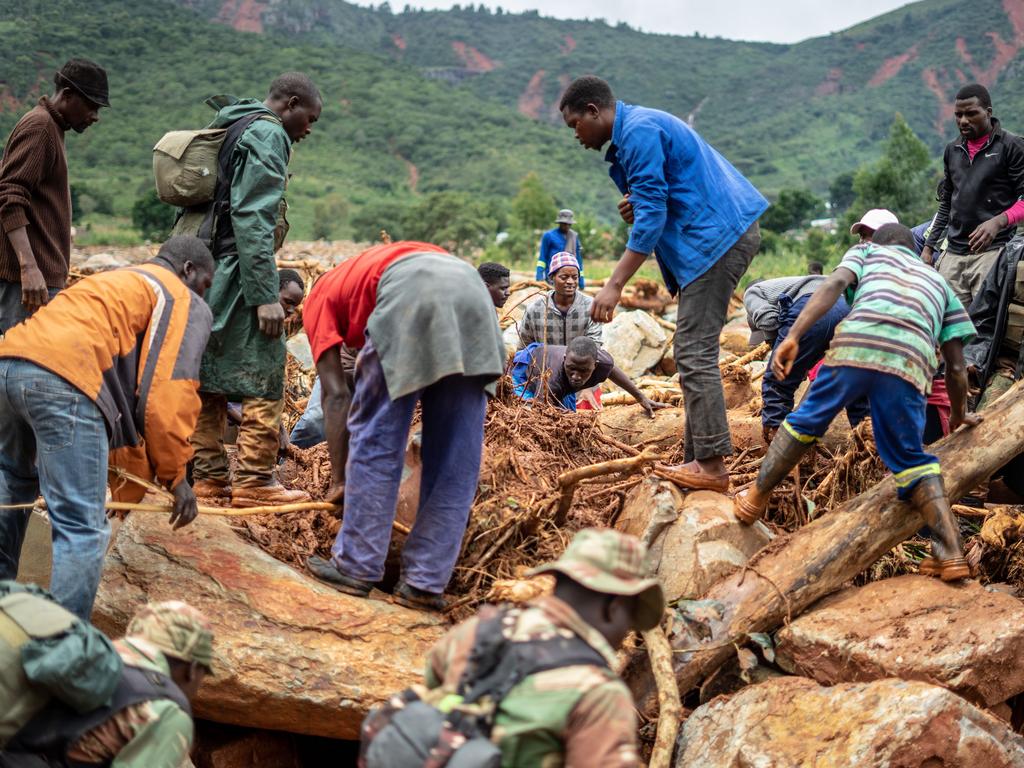
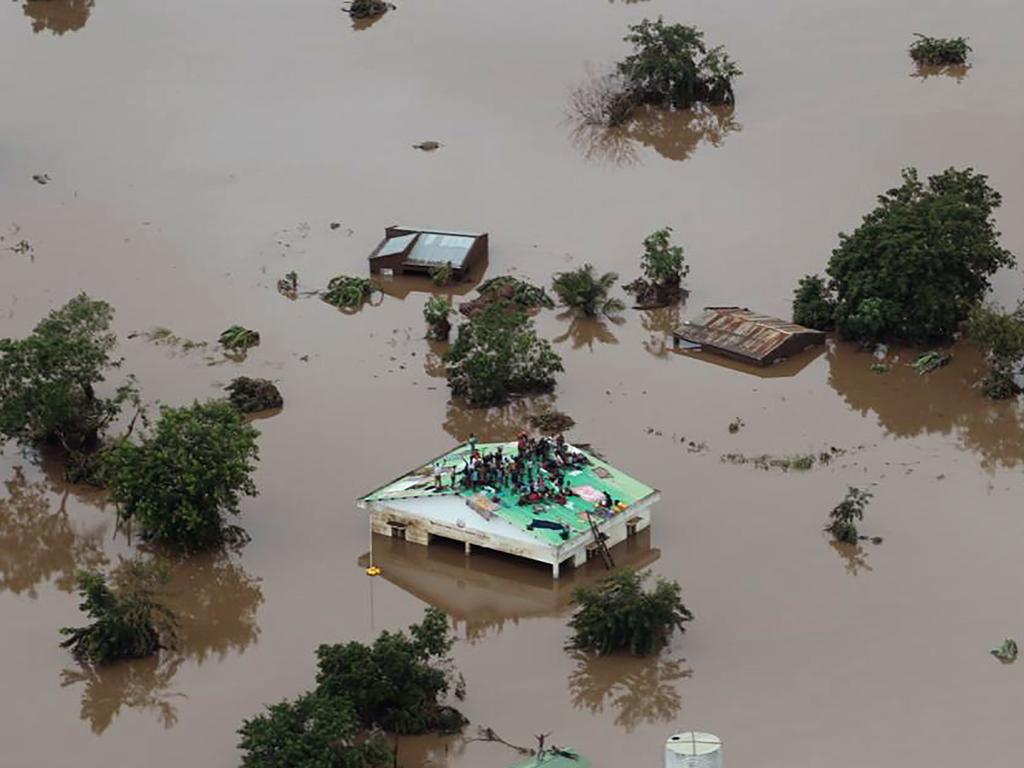
Doctors Without Borders said rivers had broken their banks and left houses fully submerged, with about 11,000 households displaced in Nsanje, in southern Malawi.
UN agencies and the Red Cross helped rush emergency food and medicine by helicopter to the stricken countries.
A central Mozambique resident said he heard a loud noise, like an explosion, and suddenly saw a river of mud rolling toward his home. “I was indoors with my children, but when we looked we saw mud coming down the road towards the houses and we fled,” Francisco Carlitos told Lusa, the Portuguese News Agency.
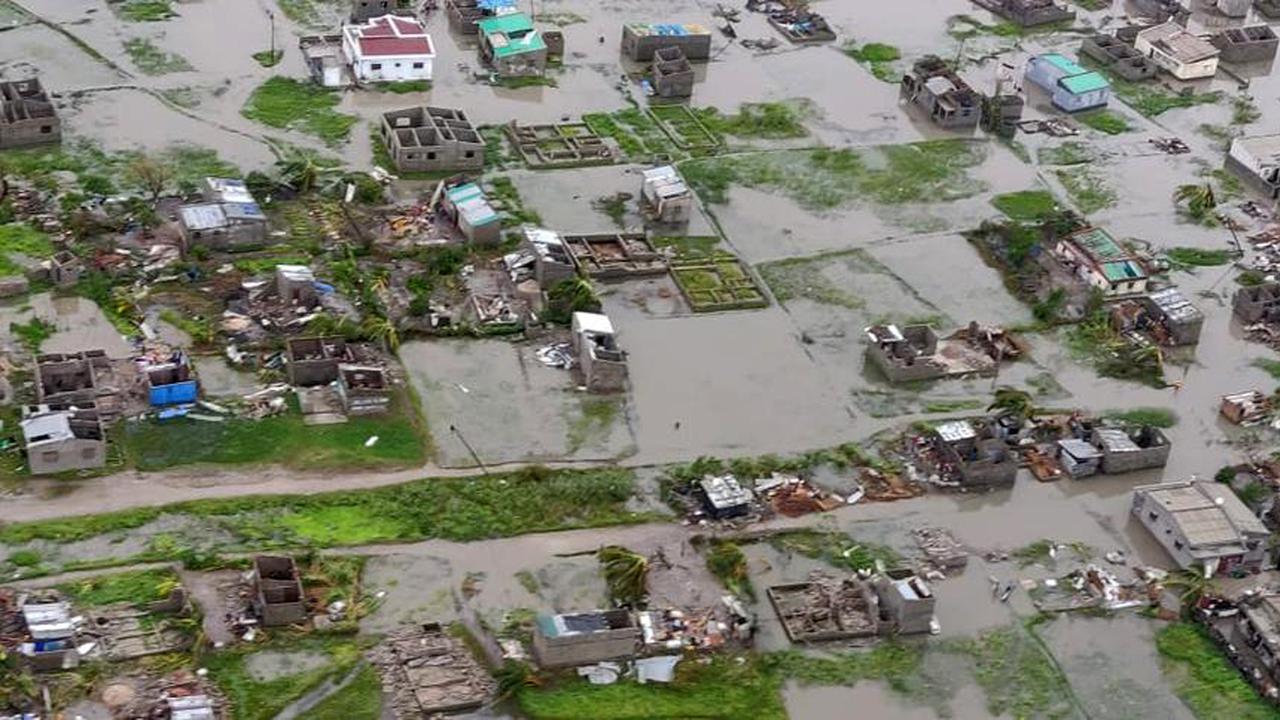
The family lost their home and possessions but safely reached higher ground.
Telma fa Gloria, a street vendor in Mozambique’s capital Maputo, told Reuters she had not heard from her mother or her siblings, for days. Her mother’s neighbourhood was in one of the worst-hit areas.
“I’m stitched up, with nothing to do,” she said. “I don’t have the strength to get the news I don’t want to hear, and I don’t wish anyone to hear.”
The cyclone was preceded by days of heavy rain, compounding the disaster. It knocked out electricity, shut down the airport and cut off major roads.
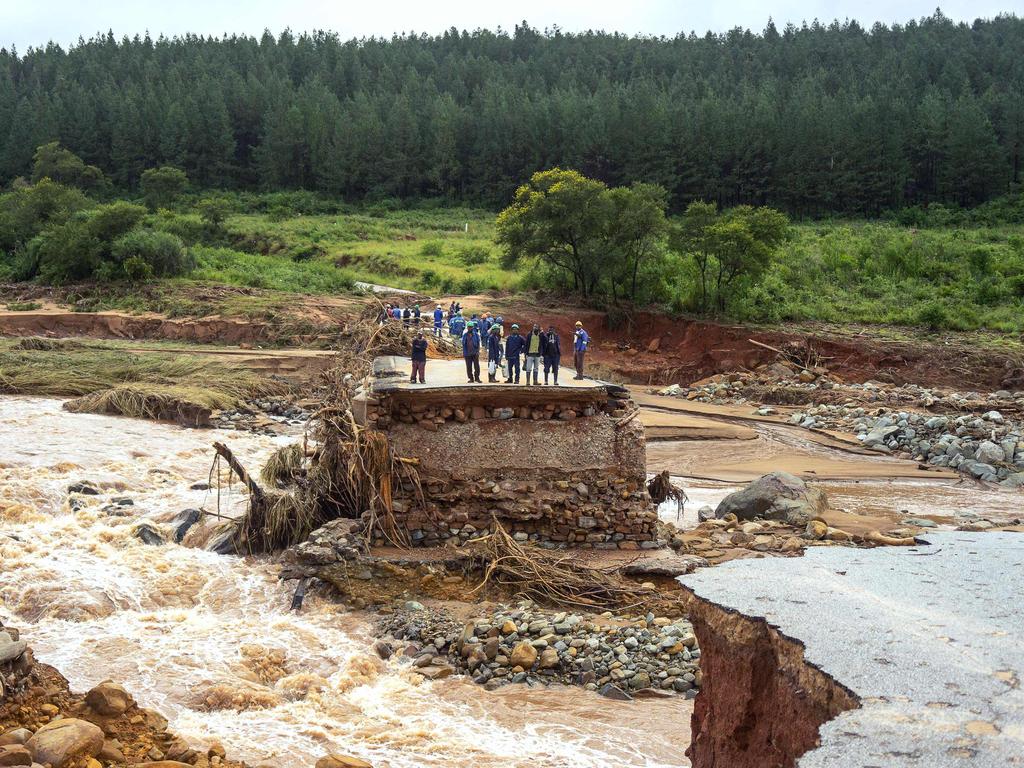
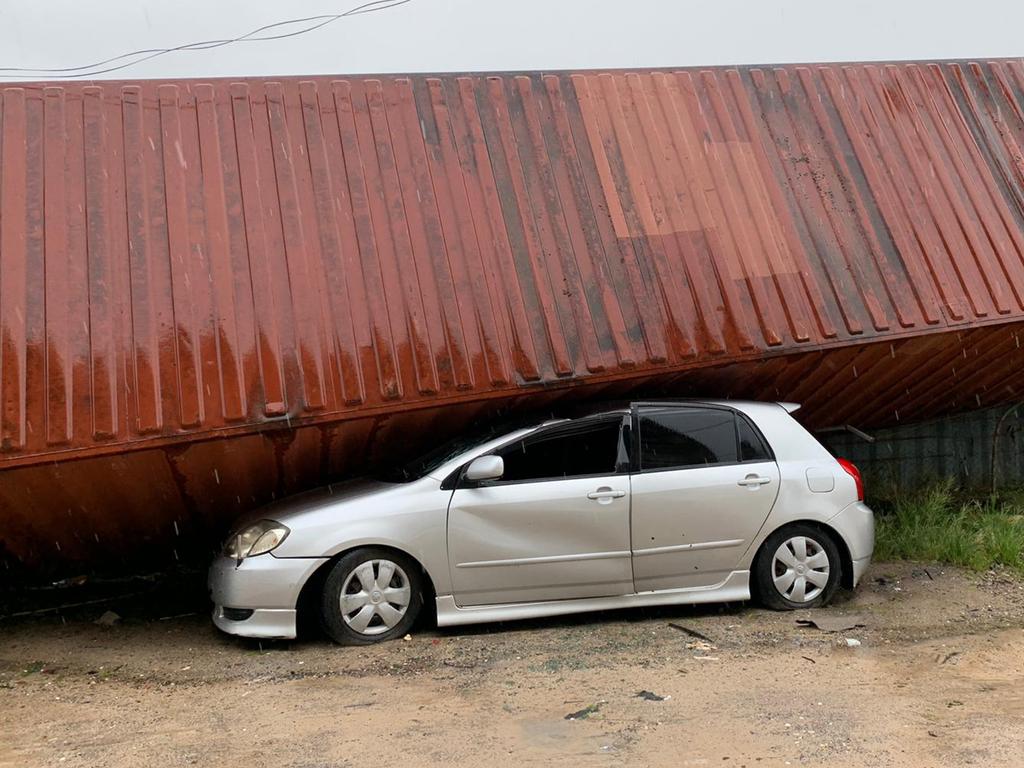

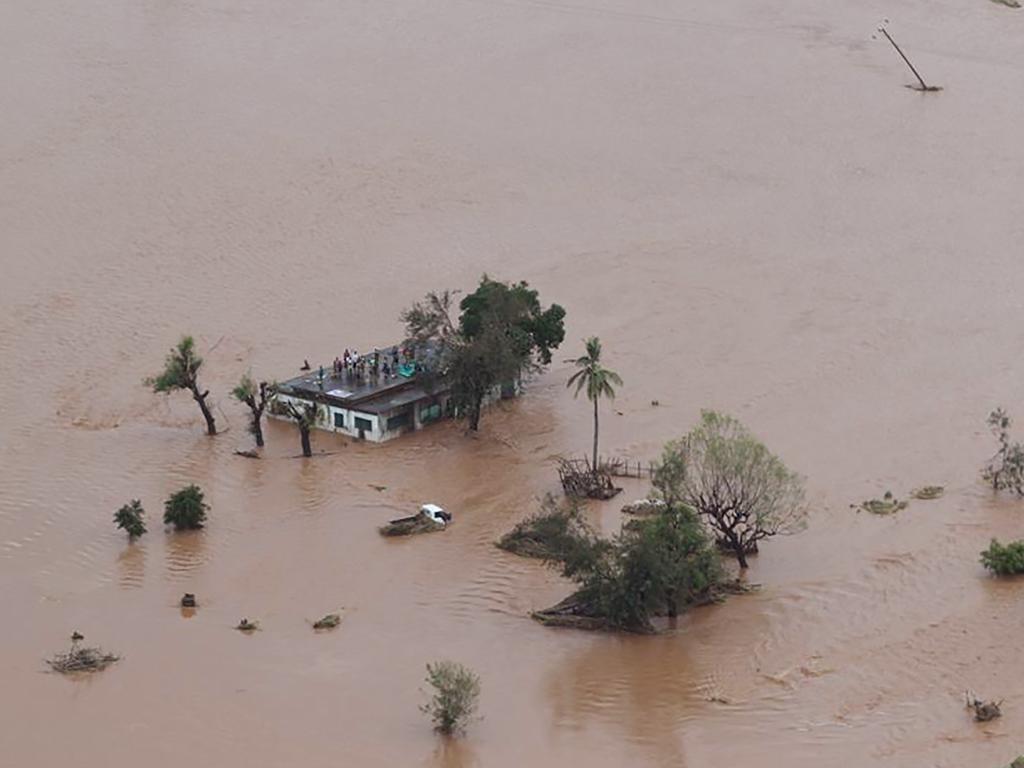
“This is the worst humanitarian crisis in Mozambique’s history,” said Jamie LeSueur, who is leading rescue efforts in Beira for the IFRC.
Mr LeSueur, who led a Red Cross team that had to assess the damage by helicopter because of the flooded-out roads, said the impact was “massive and horrifying”.
In 2000, Mozambique was hit by severe flooding caused by weeks of heavy rain, a disaster made much worse when a cyclone hit.
About 700 people were killed in what was regarded as the worst flooding in 50 years.
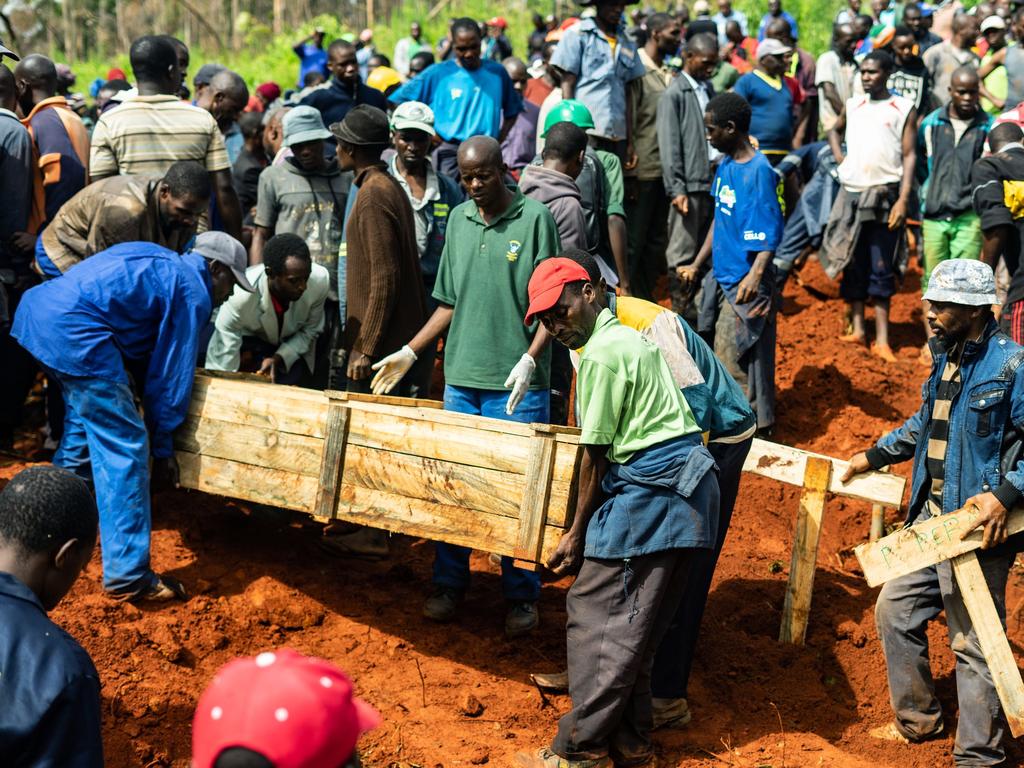

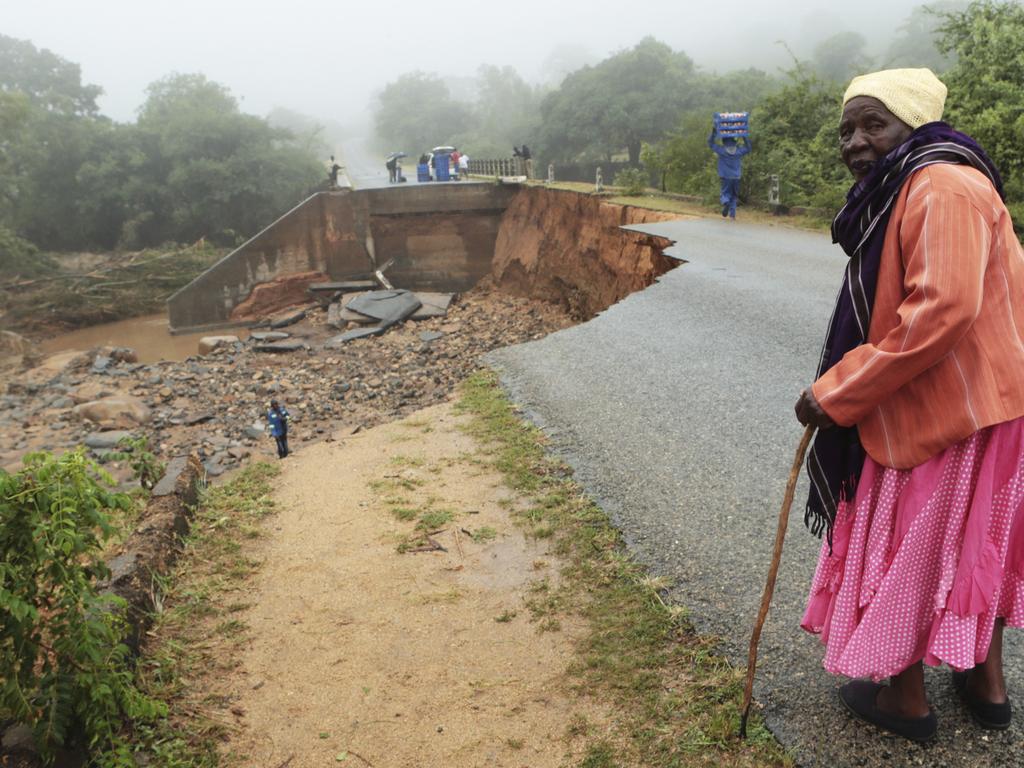

Air force personnel from Mozambique and South Africa were drafted in to fly rescue missions, while an NGO called Rescue South Africa said it had picked up 34 people since Friday night, using three helicopters.
“It is the only way to access the people that are stranded,” Rescue SA’s Abrie Senekal told AFP, saying the NGO was trying to hire more
Ian Scher, who heads Rescue SA, said the helicopter teams were having to make difficult decisions.
“Sometimes we can only save two out of five, sometimes we drop food and go to someone else who’s in bigger danger,” he said.
“We just save what we can save and the others will perish.”
— with wires


